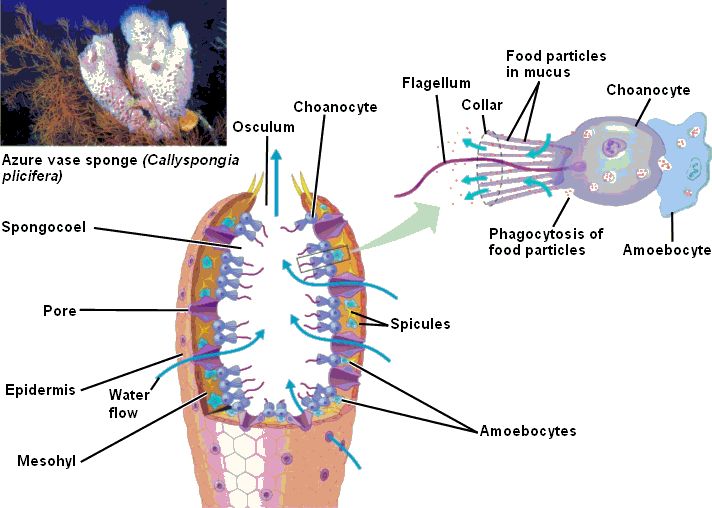
They grow on rock or sometimes sandy surfaces, where they can be exposed to predators such as fish or molluscs like whelks and sea slugs (nudibranchs).

This process is known as reaggregation (Wilson, 1910).Įven a casual rockpool explorer will quickly notice that sponges are almost everywhere you look. When left in seawater over a few days, the cells still recognise each other and begin to come together again, reforming into a functional sponge and the original cells return to their respective functions.įurthermore, if cells of two different species are mixed, they sort themselves out and reform individuals of each separate species. Experiments have shown that a sponge can survive after being passed through a fine cloth to break apart its individual cells. Sponges are the only animals that if broken down to the level of their cells, can reassemble themselves. Some sponges have even been observed moving, albeit very slowly, from one place to another. ’Venus Flower Basket‘).Īlthough they resemble plants, their cells can move and change their function. Some look round like bath sponges, some rope-like, and some form delicate glass-like structures (e.g. Most types build internal skeletons of needle-like ’spicules‘, made of either Calcium or Silica.

Sponges display nearly every colour imaginable, including bright purples, blues, yellows, reds and white. Sponges are large-bodied multicellular animals that feed by circulating water through a unique system of water canals to filter out food particles. About 5,500 species of sponge are known, ranging from the bath sponges which are harvested for human’s bathroom use, to the giant sponges over 2m in height that are found in Caribbean reefs and Antarctica. It was not until 1795, when their feeding method was described, that they were finally recognised as animals. The shape and the unmoving nature of sponges convinced early naturalists that they were plants. Sponges are an ancient group of animals, and have been around for more than 543 million years!


 0 kommentar(er)
0 kommentar(er)
